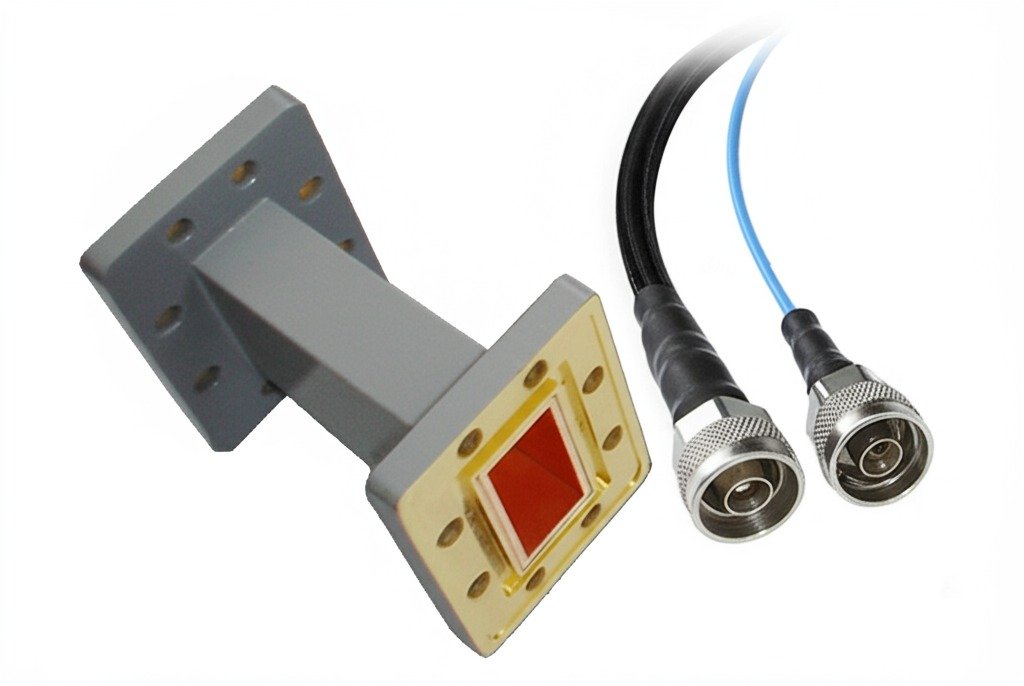by Angela
Share

Step 1
-
About the Radar and Radar Band
RADAR is an abbreviation for RAdio Detection And Ranging. A system used for detecting and locating the presence of objects like ships, vehicles, aircraft etc. by radiating electromagnetic signal in space is known as the Radar system.
Basically, radar is used to collect the information related to the object or target like its range and location by radiating electromagnetic energy and examining the echo received from the distant object.
The radar band refers to the frequency range in which the radar emits radio waves. The unit of measurement is Hertz (Hz). For the sake of confidentiality, letters were used to indicate a certain frequency range during World War II. Because it is a paragraph by paragraph, the translator’s translation is vividly translated into bands.
The operating frequency range of most radars is 30 to 300,000 MHz, and the corresponding wavelength is 10 meters to 1 mm.

Step 2
-
The radar band
Generally:
P band 230-1000 MHz
L band 1000-2000 MHz
S band 2000-4000 MHz
C band 4000~8000 MHz
X band 8000-12500 MHz
Ku band 12.5~18 GHz
K band 18~26.5 GHz
Ka band 26.5~40 GHz
The above-mentioned bands are still in use today. With the continuous advancement of technology, the band used by radar is also expanding, such as the terahertz band.
-
Step 3 Other Microwave band:
| L band | 1 to 2 GHz | Q band | 30 to 50 GHz |
| S band | 2 to 4 GHz | U band | 40 to 60 GHz |
| C band | 4 to 8 GHz | V band | 50 to 75 GHz |
| X band | 8 to 12 GHz | E band | 60 to 90 GHz |
| Ku band | 12 to 18 GHz | W band | 75 to 110 GHz |
| K band | 18 to 26.5 GHz | F band | 90 to 140 GHz |
| Ka band | 26.5 to 40 GHz | D band | 110 to 170 GHz |
STAY IN FOR MORE NEWS
Subscribe to our free newsletter.
Discover Reach-Line high-frequency cable assemblies up to 67 GHz with low VSWR for 5G, satellite, defense and test systems worldwide.
In the world of high-frequency communication systems, **RF cables** are often the unsung heroes that carry critical signals. Whether it's for wireless communication, satellite links, or laboratory setups, selecting the right RF cable can make or break the reliability and performance of your system.
Choosing the wrong RF adapter can ruin your signal integrity. With so many connector types, how do you pick the right one? Let's simplify the process.
Struggling with signal loss in your RF system? Picking the wrong transmission line between waveguide and coax can degrade performance and cost you dearly. Let’s compare them clearly to help you choose. Waveguides offer lower signal loss, especially above a few GHz, and handle higher power. Coaxial cables are flexible, easier to install, and work






